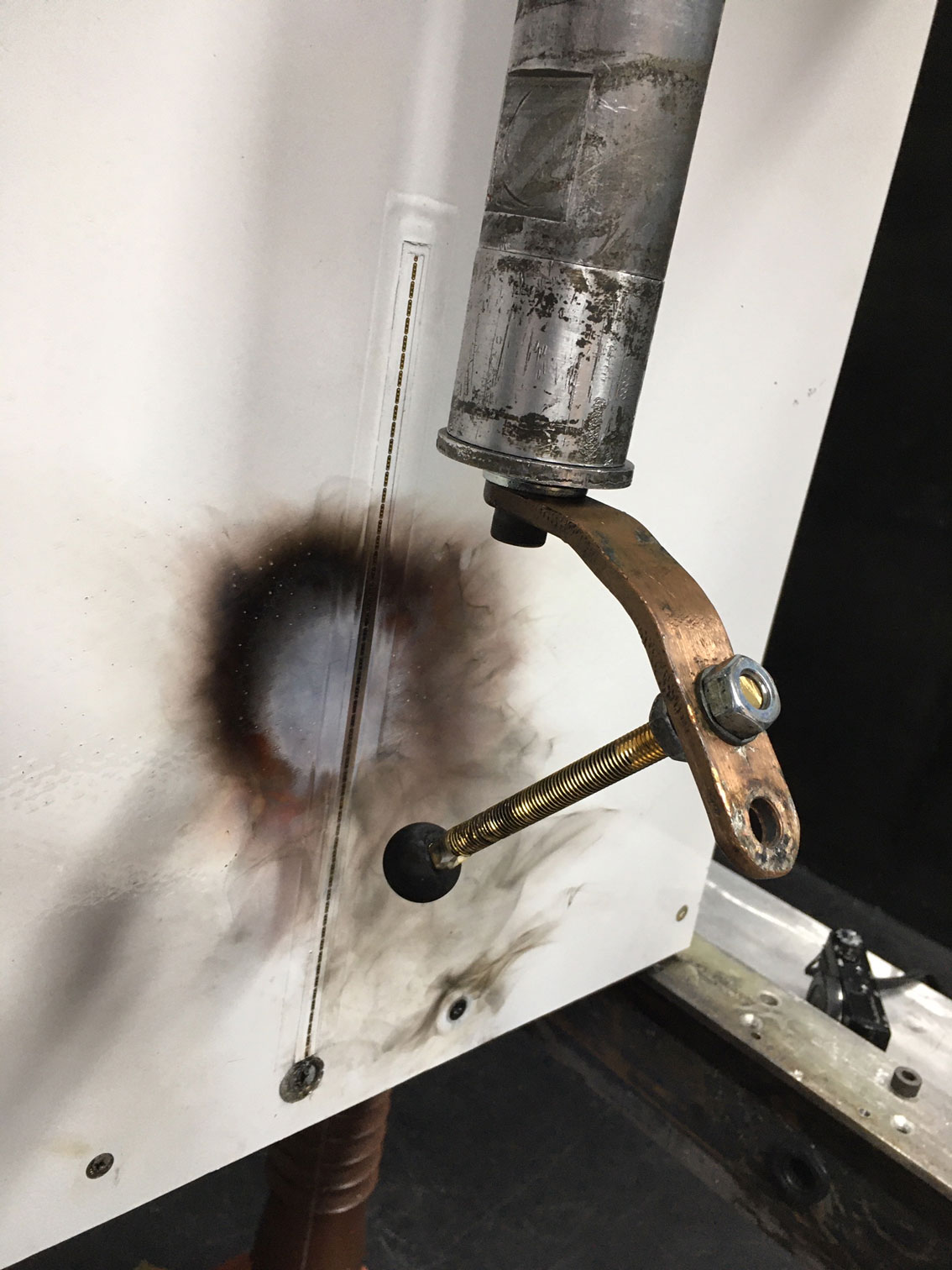
Marshall Advanced Composites is now offering a range of purpose-designed and manufactured aerospace radomes, within the widely used X-Band frequency band, and the more complex higher frequency, wide bands using bespoke composite materials.
The company is a specialist in the design and manufacture of complex composite structures, including naval radomes for surface ships and submarines, and has now employed its skills and know-how to offer similar capabilities for aircraft.
Paul Ansell, Head of Engineering, Advanced Composites said:
“We have these unique skills and capabilities in-house and felt the time was right to branch out into new markets and bring those capabilities to additional customers, that other business units within our group are already supporting.”
Marshall Advance Composites is part of Marshall Aerospace and Defence Group, which for more than five decades has been supporting the Royal Air Force’s fleet of C-130 Hercules aircraft.
The company also provides specialist modifications programmes for special missions, ISR aircraft.
Marshall ADG supports the C-130 fleets and other platforms for 17 Government C-130 operators, on four continents.
“It was a natural transfer of skills to design and manufacture radomes in the aerospace industry, which will be of huge benefit to our existing customers and the new international markets we are looking to enter.”

The company has a number of aerospace designers, who create bespoke solutions to the complex challenges of the UK Ministry of Defence and the Armed Forces of a number of nations around the world.
These result in innovative products, often one-offs or small quantity items, that are manufactured in the company’s Cambridge and Kirkbymoorside (North Yorkshire) manufacturing facilities.
The dedicated composites radome design engineers are also able to support these broader business units.
“We realised we could leverage a huge amount of skill and know-how to both radome design and manufacture and also to support our collaborative offerings within other parts of the business.
“We know that there is huge demand for radomes, and a lot of competition. Our specialism has always been in the more complex challenges.
“We will concentrate on providing end to end solutions in the more complex, wide band, higher frequency radome space, where we already have extensive modifications capabilities and experience.
“Our teams are renowned for not looking at things in the conventional way. We’re adept at looking at novel materials and innovative constructions and we know this paves the way for the most optimum performance in terms of RF performance, light weight construction whilst maintaining the structural integrity, which is exactly what a number of customers are looking for.”
The company has spent the past 18 months developing a range of the radomes using its purpose-designed supporting software that have been RF tested at the National Physical Laboratory in Teddington.

The panel has been set up in the 'Element Oxford's Test Rig